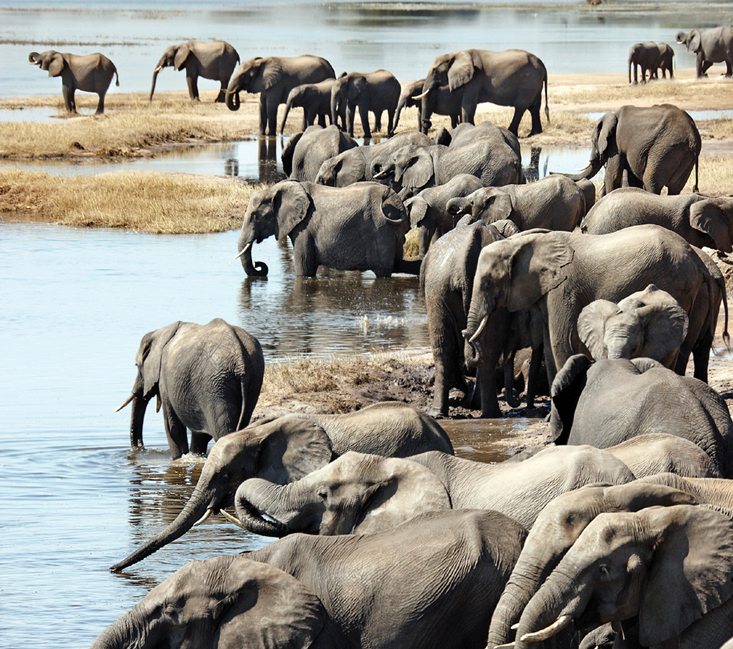CHAPTER 41 INTRODUCTION
41-1
CORE CONCEPTS
41.1 All animals regulate the water and electrolyte levels within their cells.
41.2 Excretory organs eliminate nitrogenous wastes and regulate water and electrolyte levels.
41.3 The mammalian kidney can produce urine that is more concentrated than blood as an adaptation for living on land.

In the 1960s, researchers at the University of Florida developed a new sports drink for players on the football team, the Gators. In addition to water and sugar, the drink contained electrolytes, or ions such as sodium (Na+) and potassium (K+) that give the solution electrical properties. The researchers who came up with the formula for the drink reasoned that it was important to replace both water and electrolytes lost in sweat. The drink—known as Gatorade—was a success.
Water and electrolytes are two key substances that allow cells and organisms to maintain their size and shape, as well as to carry out essential functions. Life originated and diversified in a watery environment. Consequently, the chemical functions of cells and organisms crucially depend on the properties of water (Chapter 2) and the relative amounts of water and electrolytes inside a cell. In general, the internal environment of a cell is maintained within a narrow window of conditions. The set of chemical reactions that constitute metabolism, for example, requires enzymes that work best at a particular pH (Chapter 6). Homeostasis—the maintenance of a stable internal environment in the face of a changing external environment—is a dynamic process.
Animals must also maintain homeostasis in terms of the molecules produced by normal activity. Metabolism generates wastes that are not needed and, in many cases, are actually toxic to the cell. These must be eliminated, or excreted. In most organisms, the excretion of wastes is closely tied to the maintenance of water and electrolyte balance.
This chapter explores the physiological and cellular mechanisms that underlie water and electrolyte balance, as well as waste elimination. It examines how animals meet the demands for water and electrolyte balance in different environments. It also examines how water and electrolyte balance is linked to waste elimination and explores the diversity of excretory organs animals have evolved to regulate these processes, which are critical to maintaining a stable internal body chemistry. In vertebrates, a renal system with paired kidneys serves these roles. The functional organization of mammalian kidneys is covered in the last section of the chapter.